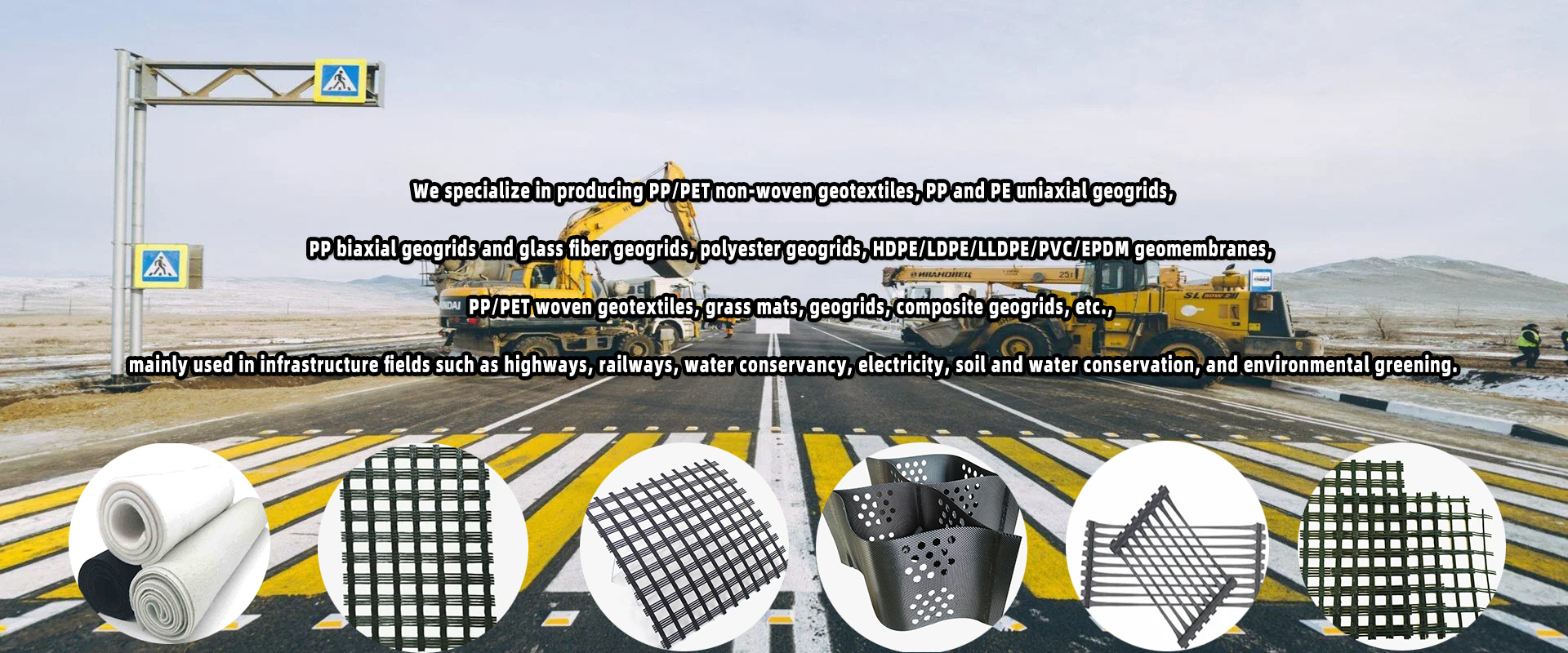Optimizing Your Landscaping with Polyester Geogrid and Nonwoven Geotextile
Release time:
2024-11-27
Polyester geogrid is a type of geosynthetic material that is commonly used in civil engineering projects for soil reinforcement. When combined with non-woven geotextiles, it can create a highly effective solution for stabilizing soil and preventing erosion.
The first step in using polyester geogrid with non-woven geotextiles is to properly prepare the site. This may involve clearing the area of any debris or vegetation, compacting the soil, and ensuring a stable base for the geogrid and geotextile to be installed on.
Once the site is prepared, the next step is to lay down the non-woven geotextile. This material acts as a separation layer between the soil and the geogrid, preventing the geogrid from coming into direct contact with the soil and potentially causing damage. The geotextile also helps to distribute the load more evenly across the surface, reducing the risk of localized failures.
After the geotextile is in place, the polyester geogrid can be installed on top. The geogrid is typically laid out in a grid pattern, with overlapping sections to ensure maximum strength and stability. The geogrid works by interlocking with the soil particles, creating a reinforced layer that can withstand heavy loads and prevent soil movement.
Once the geogrid is installed, the final step is to backfill the area with soil. The soil should be carefully compacted in layers to ensure that it is evenly distributed and that there are no voids or gaps that could compromise the stability of the structure. Proper compaction is essential to ensure that the geogrid and geotextile work effectively to stabilize the soil.
Overall, the combination of polyester geogrid and non-woven geotextiles is a highly effective solution for soil reinforcement and erosion control. By following the proper installation techniques and ensuring that the materials are properly maintained, it is possible to create a stable and long-lasting solution for a wide range of civil engineering applications.




